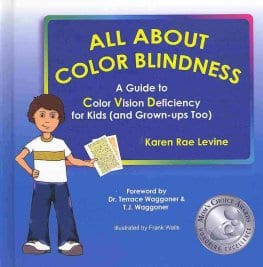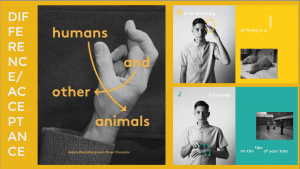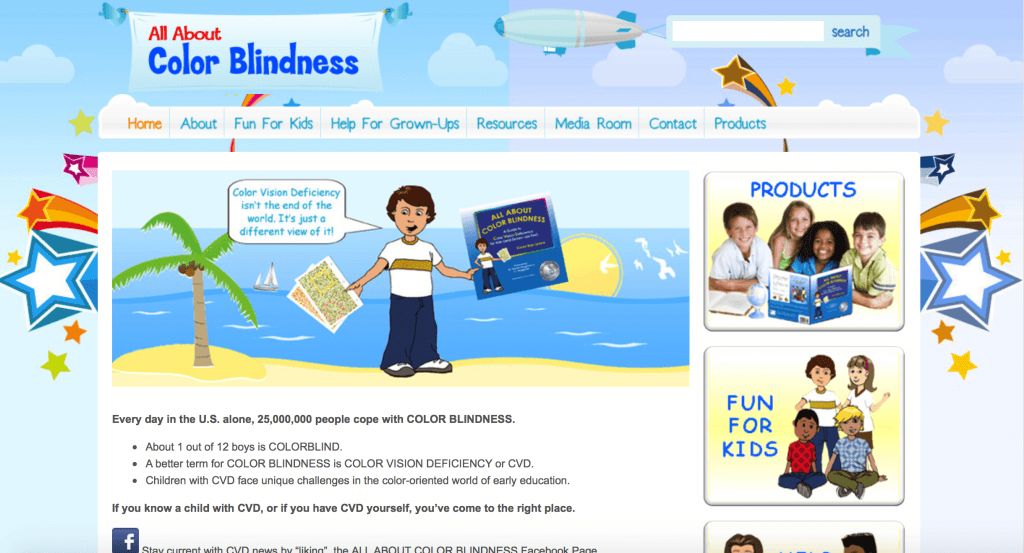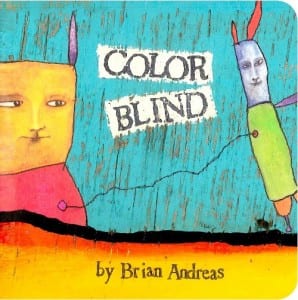The Contracts of Literacy
Without an initial burst of inspiration for a children’s book idea I was quite open to the breadth of research I could do.
To first decide the layout and direction that the book will be heading I referred to The Contracts of Literacy (Catherine Snow & Anat Ninio (1986). These rules explore how children make sense and understand books.
- Books are for reading, not manipulating (they’re not food or toys)
- The book is in control, the reader is led – like a jigsaw you must submit to the system that the book sets out in order to receive the intended results
- Pictures are not things, but are representative of things.
- Pictures are for naming – they illicit a response
5. Pictures, though static, can represent events implied narrative and passage of time, for instance. Children do not automatically understand picture sequencing
6. Book events occur outside of the normal flow of time. i.e: you shut the book, open it again and things are where they were.
7. Books constitute an autonomous fictional world – the ‘reality’ of a book is not the same as our lived experience but may well contain like for like representations.
The biggest part of the contracts is the representational concepts explored. These being that pictures/images are representative of events and an implied narrative, as well as separating the reality of the content and the reader. So my use of pictures will be orientated this way.
Exploring Concepts
I was very drawn into the set of pictures below that were more photographic compared to typical children’s books that are illustrated. I will more than likely take a photographic approach due to a lack of illustrating skill. However, this would not hinder my design but advance it. Using photography I can move away from the norm of producing anthropomorphised animal content and focus on perhaps more pressing issues relating to the human being.
Especially when using photographs the key area of this book will be layout and the use of typography. So I need to utilise complimentary type and imagery to do this. A contrast in colours could potentially be a sensible idea depending on the content of my piece. The spread above focuses specifically on teaching sign language in a creative and distinct way. The instructions are clear and simple to the readers despite the obscure layout, which isn’t necessarily a bad thing. Similarly, I’d like to include a unique, obscure layout depending on the concept of the book.
Focal Point
I’d be very interested in creating a book around colourblindness. Although not a hugely prominent issue like mentality and psychological disorders, I could produce a book that could potentially test for colourblindness as well as encouraging kids to harness this disability to enhance their creativity that goes against the norm.
All About Color Blindness – A Guide to Color Vision Deficiency for Kids (and grown-ups too!) (Karen Rae Levine, 2013)
 The first book cover I explored was a guide to colour vision deficiency aimed at children. The style of the book is basic and has a lack of creativity. However it does give me some idea towards a potential rainbow-like colour scheme that could be incorporated. The playful language directly suits the target audience as well as featuring a helpful character that the children can relate to.
The first book cover I explored was a guide to colour vision deficiency aimed at children. The style of the book is basic and has a lack of creativity. However it does give me some idea towards a potential rainbow-like colour scheme that could be incorporated. The playful language directly suits the target audience as well as featuring a helpful character that the children can relate to.
(http://allaboutcolorblindness.com)
The book by Rae Levine is directly linked to the All About Color Blindness website. I was particularly drawn in by what the character is saying in the banner image. ‘Colour Vision Deficiency isn’t the end of the world. It’s just a different view of it!’ This is the message I will try to get across the in the book. Essentially teaching children how to use their colourblindness to enhance their creativity.
Colour Blind (Brian Andreas)
This design was very unique in that it was colourful and did not directly have a clear message. The connecting line could represent the difficulty is assessing colours for colourblind people.
Target Audience
Although the book is intended for children I will focus moreso on an age range of 5-7 year olds. This is because of the time children can diagnosed with colourblindness. Therefore parents will be more likely to look for something to give their child that can allow them to focus on whatever the chosen concept will be.


